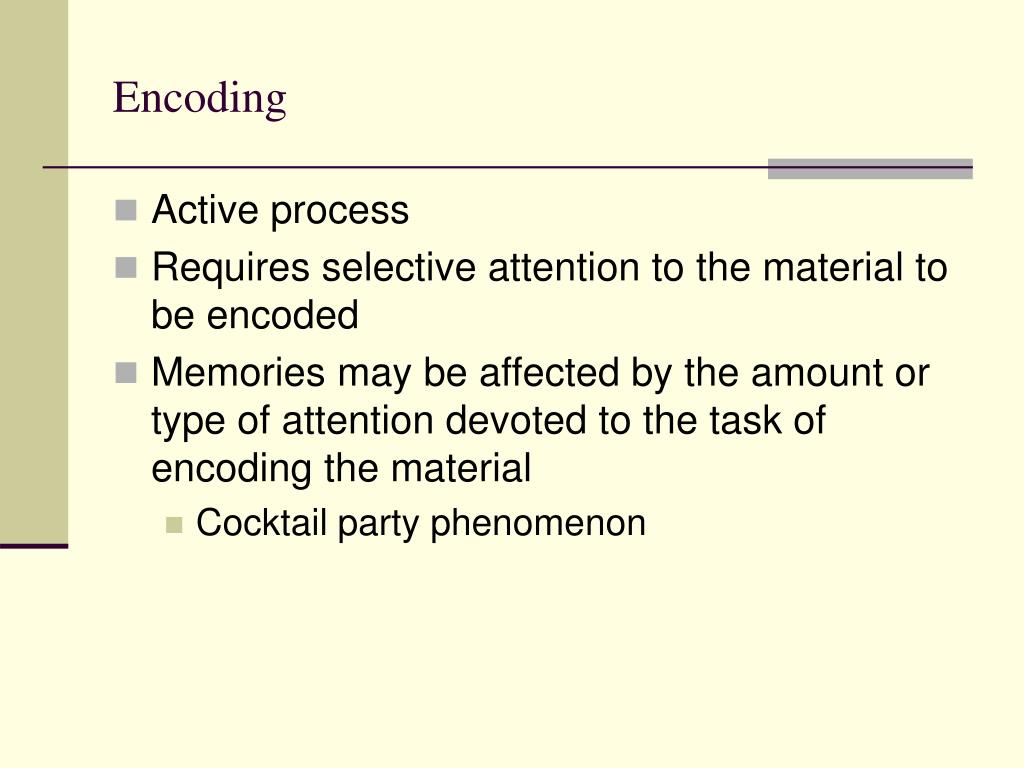

The researchers called this a ‘close’ analogy because the wine bar reference was very similar to the product’s purpose. The first analogy read as follows: “The Coravin wine access system is like having your own wine bar! It allows you to sample a variety of wines while preserving the remaining wine in the bottle.” According to The University Of Delaware, the study tested two forms of analogy for a product called Coravin which allows you to pour wine from a bottle without pulling the cork.
“You’re not you when you’re hungry”: Chocolate manufacturer Snickers created an unpleasant representation of how you feel when you need food.Ī recent study looked into whether some analogies are better than others when communicating new products. Microsoft using the ‘Folders’ and ‘Files’ that people were used to in their paper-based environment. Apple describing the computer screen as a ‘desktop’ to aid the transition from analog to digital. “Meat for vegetarians”: A campaign for mushrooms that celebrated their iron-rich benefits. I used one recently by likening customer retention to shark’s teeth. Brilliant Bri (sorry, just wanted to slip that one in)Īnalogies are a good memory aid too, helping people understand a new concept by building upon something already understood. In a business context, alliteration helps because the brand name is pleasant to recall: The letters are often, but not always the same. “SPC baked beans…for hungry little human beings”Īlliterations are a handy form of rhyme that repeat the same sound: “She sells sea-shells by the sea-shore”, for example. Some examples of acoustic encoding in the commercial realm include: We might never remember where S really falls in the alphabet, but we know we can retrieve the information when we need it by reciting the song. 
A, B, C, D, E, F, G…Īcoustic encoding as it’s known, is a way of storing and retrieving information that is central to short-term memory. What about whether the letter P is before or after S in the alphabet? Cue the alphabet song. Did you start singing “30 days hath September…” in your head?






 0 kommentar(er)
0 kommentar(er)
